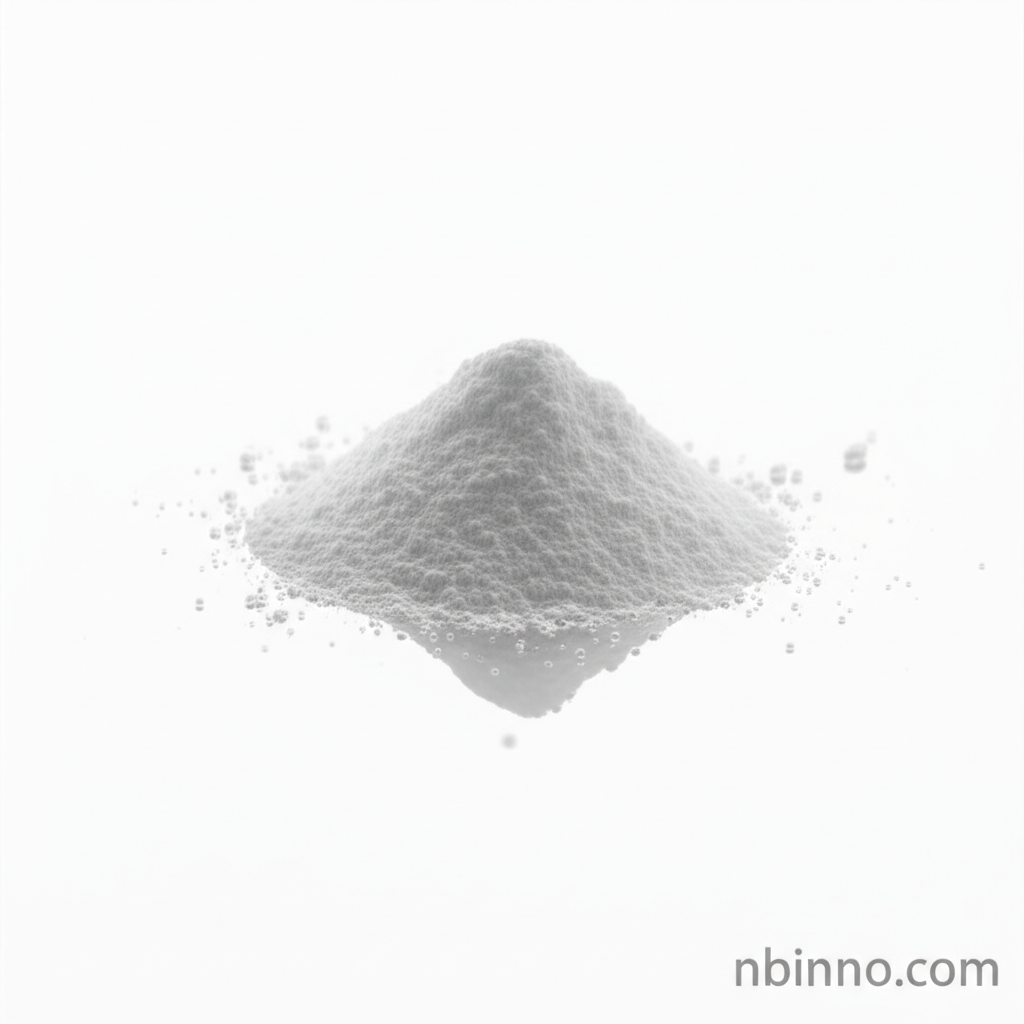The Versatile Role of 1-Methoxy-2-(trifluoromethoxy)benzene in Organic Synthesis
Discover the essential properties, synthesis pathways, and diverse applications of this key organic intermediate, crucial for advancing pharmaceutical and agrochemical innovations.
Get a Quote & SampleProduct Core Value

Methoxy trifluoromethoxy benzene
As a premier supplier in China, we offer high-quality Methoxy trifluoromethoxy benzene, a vital organic synthesis intermediate. Its unique trifluoromethoxy group and methoxy substituent impart distinct electronic and lipophilic characteristics, making it invaluable in the development of novel pharmaceuticals and agrochemicals. We are committed to providing reliable chemical solutions to fuel your research and development needs.
- Explore the key properties of Methoxy trifluoromethoxy benzene, including its density of 1.249 g/cm³ and a boiling point of 145°C, crucial for reaction optimization.
- Leverage this compound as a critical building block in complex organic synthesis, enabling the creation of advanced chemical entities.
- Benefit from its high purity, typically assaying ≥98.0%, ensuring consistent and reproducible results in your chemical processes.
- Utilize our reliable supply chain as your trusted manufacturer in China for this essential chemical intermediate.
Advantages of Using This Intermediate
Enhanced Chemical Reactivity
The trifluoromethoxy group significantly influences the electronic profile of the molecule, offering unique reactivity patterns for complex organic synthesis, which is vital for discovering new pharmaceutical intermediate applications.
Improved Lipophilicity and Stability
The OCF3 group enhances lipophilicity, aiding in cell membrane penetration and increasing metabolic stability, a key factor when pursuing pharmaceutical intermediate applications.
Versatile Building Block
As a fundamental component in the synthesis of advanced fluorinated compounds, it plays a crucial role in developing next-generation agrochemical synthesis intermediates.
Key Applications
Organic Synthesis
This compound serves as a versatile building block, enabling chemists to construct complex molecular architectures essential for various organic synthesis projects.
Pharmaceutical Development
Its unique properties make it a valuable intermediate in the synthesis of active pharmaceutical ingredients (APIs), contributing to the development of new therapeutic agents.
Agrochemical Research
The incorporation of the trifluoromethoxy moiety is crucial for developing advanced agrochemicals, enhancing their efficacy and stability.
Material Science
Its chemical stability and reactive sites make it a candidate for incorporation into advanced materials, contributing to new material science innovations.
